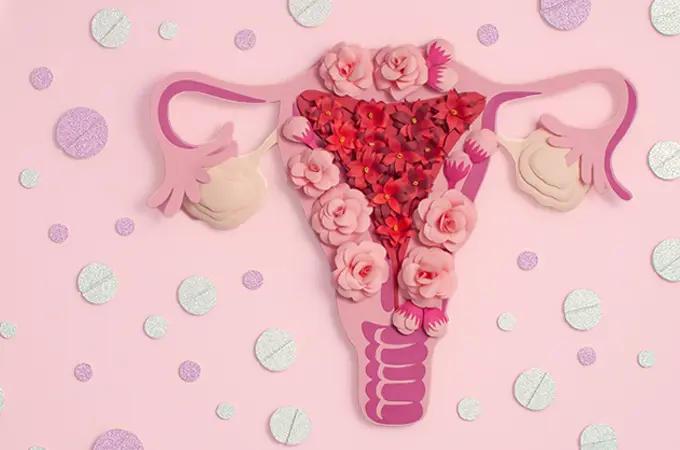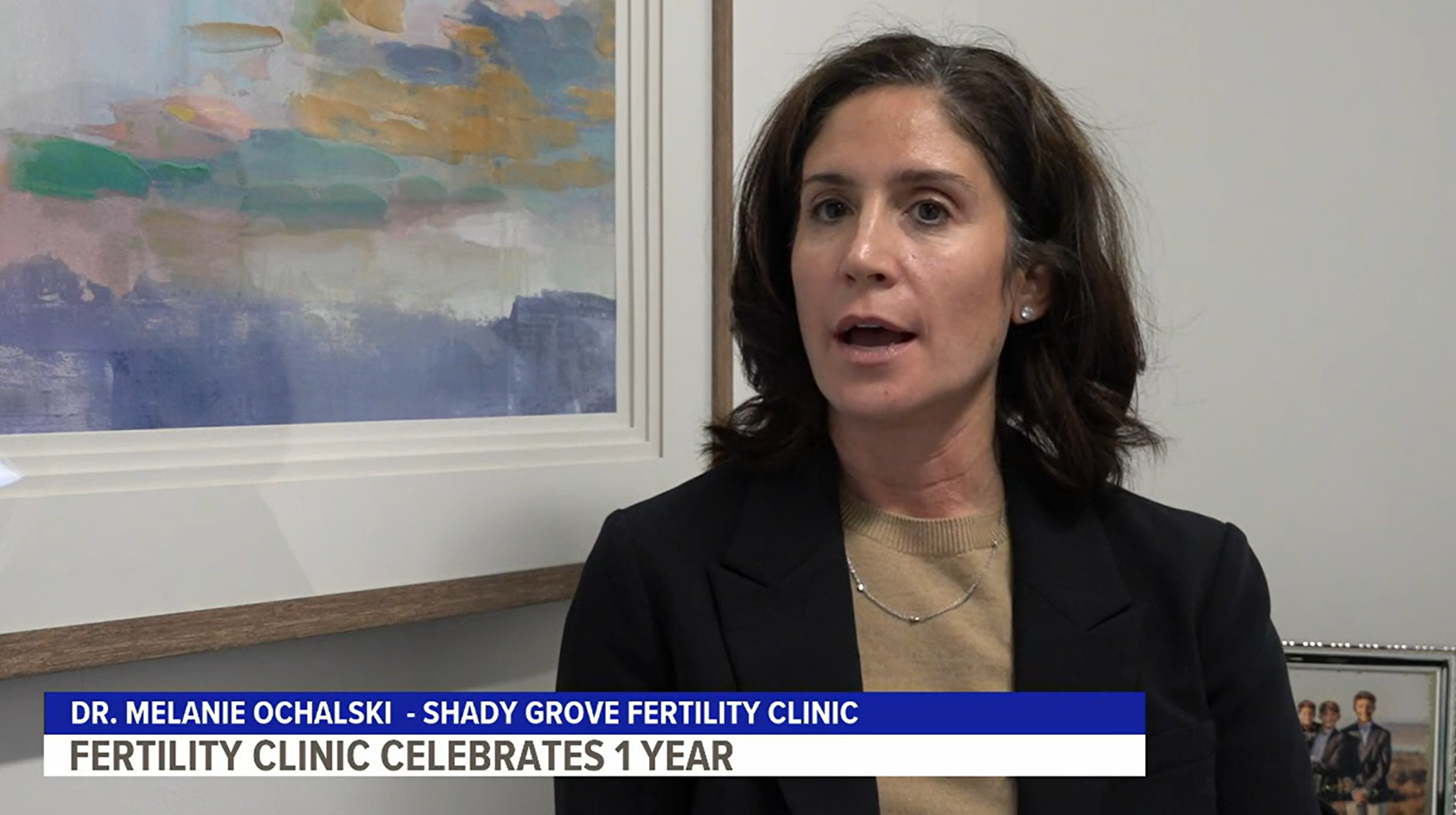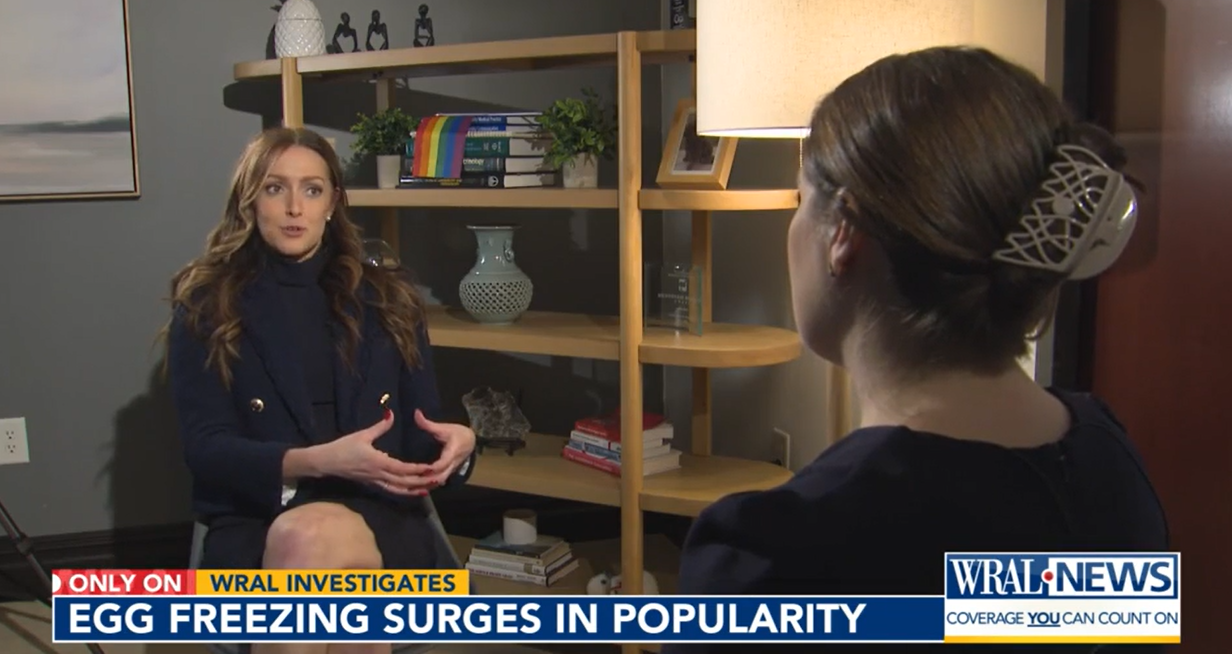February 24, 2009
Source: The Frederick News-Post
Patricia Bleignier-Baker was not excited about in vitro fertilization.
Though she was young, 25, in 2003, she realized that because she didn’t ovulate, IVF was her only option if she and husband Keith were to have children.
“It was difficult coming to grips that it was our only option É but when you’re faced with it as your only choice, you gotta do what you gotta do,” she said.
The Knoxville couple was pleasantly surprised when they found out that elective single-embryo transfer was an option.
“I thought it was a good idea right away, because I didn’t want multiples,” she said.
Bleignier-Baker had one of five embryos transferred back to her uterus at Shady Grove Fertility Reproductive Science Center, and the rest were frozen. She got pregnant during her second IVF cycle, and gave birth to daughter Gracyn in 2005.
Last year, Bleignier-Baker had another embryo thawed and transferred, and she gave birth to second daughter Dylan three weeks ago.
Shady Grove has strongly encouraged elective single-embryo transfer, or eSET, for the past several years in an effort to decrease multiple births, said Dr. Melissa Esposito, who runs Shady Grove’s Frederick office on Thomas Johnson Drive. The rate of triplet births at Shady Grove decreased from 7 percent in 2001 to 1.5 percent in 2007, and twin births dropped by 7 percent during that time, she said.
“Our goal is not just to get someone pregnant, it’s to make sure they have a healthy baby,” she said.
The nation was shocked late last month when a California hospital announced that 33 year-old Nadya Suleman had given birth to octuplets through IVF, and Esposito said she and many others in her field were sad and angry when they heard the news. A Shady Grove doctor would never transfer more than one or two embryos in a woman Suleman’s age, she said.
“We really strive to practice very responsible medicine,” she said. “It makes the rest of us look bad, and it brings down the respect of the entire field. ”
At Shady Grove, patients age 37 or younger with healthy embryos at the blastocyst, or eight-day, stage are encouraged to have just one embryo transferred during their first (and if necessary, their second) IVF cycle, Esposito said. About 60 percent of single-embryo transfers result in successful pregnancies, she said.
“It’s the way nature intended it, and it’s the healthiest for the mom and the baby,” she said.
If doctors determine a patient is an eSET candidate, they immediately begin educating the patient about the process and encouraging her to choose it, Esposito said. Still, it’s sometimes a hard sell, especially for couples who have been trying to conceive for years.
“We don’t wait, because they may already have in their mind that more is better,” she said. “After they’ve been trying so hard for five or 10 years, some want to have twins or triplets and get it over with. They don’t understand how high-risk that can be.”
If multiple IVF cycles involving one embryo are unsuccessful, or if the embryos are transferred at three days instead of eight, the doctor will then likely transfer two embryos at a time. In patients age 40 or older, doctors may transfer three or more embryos at once, since the overall chance of pregnancy in this age group is only about 10 percent. Esposito said her office has never seen multiple pregnancies in these patients.
Patients whose insurance covers IVF treatment are more likely to choose eSET, since their out-of-pocket cost is much lower than someone whose insurance doesn’t cover the treatments, Esposito said. Those paying entirely out-of-pocket often want “more for my money,” she said.
A recent study authored by Shady Grove medical director Dr. Robert Stillman found that if financial factors are removed, patients prefer single-embryo transfer. To that end, Shady Grove offers a shared risk program in which patients are promised a live birth within six IVF cycles or their money is returned, Esposito said.
Bleignier-Baker said she and her husband would like to have more children, so the rest of the couple’s embryos remain in cryopreservation for the future.





